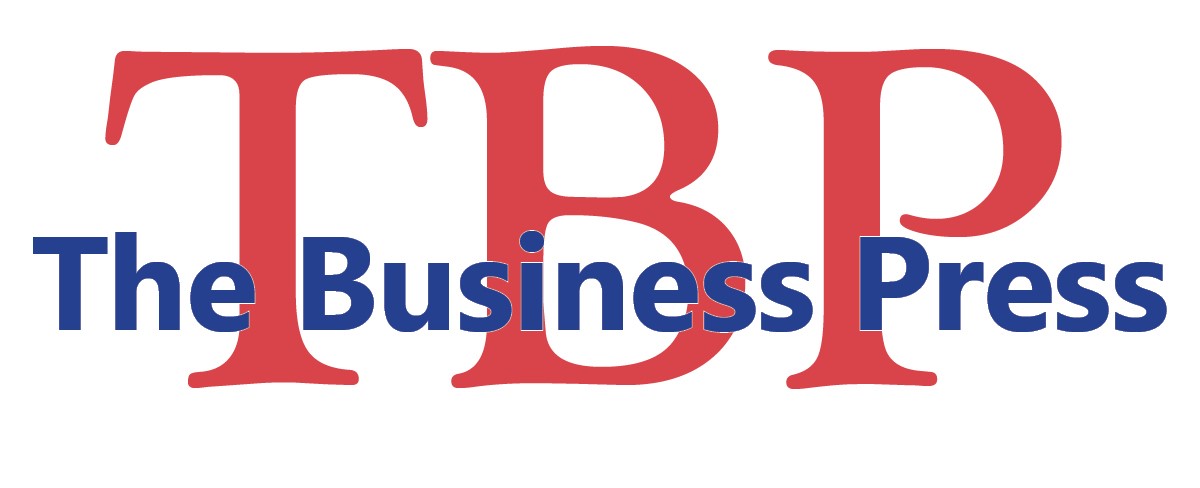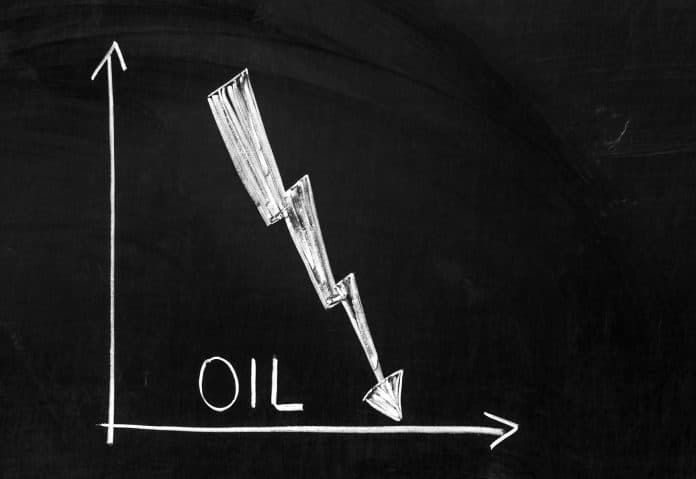HOUSTON (AP) _ Halliburton Co. (HAL) on Monday reported a first-quarter loss of $1.02 billion, after reporting a profit in the same period a year earlier.
On a per-share basis, the Houston-based company said it had a loss of $1.16. Earnings, adjusted for asset impairment costs and to extinguish debt, were 31 cents per share.
The results surpassed Wall Street expectations. The average estimate of 10 analysts surveyed by Zacks Investment Research was for earnings of 25 cents per share.
The provider of drilling services to oil and gas operators posted revenue of $5.04 billion in the period, which missed Street forecasts. Five analysts surveyed by Zacks expected $5.05 billion.
Halliburton shares have declined 69% since the beginning of the year, while the Standard & Poor’s 500 index has fallen 11%. The stock has declined 76% in the last 12 months.
The company said North America revenue in the first quarter of 2020 was $2.5 billion, a 25% decrease when compared to the first quarter of 2019. The decline was mainly due to reduced activity and pricing in North America. The decline was partially offset by increased artificial lift activity and specialty chemicals sales in North America and stimulation activity in the Gulf of Mexico.
“Halliburton executed well in the first quarter. Total company revenue for the first quarter was $5 billion, a 12% decrease year over year, and adjusted operating income of $502 million increased 18% year on year,” said Jeff Miller, chairman, president and CEO. “Both our divisions delivered strong margin performance in the first quarter. Our first quarter results demonstrate that the Halliburton team is well prepared to adjust and deliver under any market conditions.
“Our industry is facing the dual shock of a massive drop in global oil demand coupled with a resulting oversupply. Consequently, we expect activity in North America land to sharply decline during the second quarter and remain depressed through year-end, impacting all basins. Internationally, we believe the activity changes will not be uniform across all markets. OPEC+ production decisions and the duration of pandemic-related demand and activity disruptions will ultimately determine the extent of international spending declines this year.
“We have been through downturns before. We know what to do and will execute based on that experience. We are taking swift actions to reduce overhead and other costs by approximately $1 billion, lower capital expenditures to $800 million, and improve working capital. We will take further actions as necessary to adjust to evolving market conditions.”
Crude oil prices have been falling due to a falling demand due to the COVID-19 outbreak and a battle among oil producers.
On Monday, April 20, benchmark U.S. crude oil for June delivery plunged 9% to $22.75 per barrel, as of 9:45 a.m. Eastern time. Oil for delivery in May cratered by an even wider margin, down 34% to just $12.00. Earlier in the morning, it touched its lowest price since 1998.
The contract for oil delivery in May is close to expiring, so trading is much more active in the June contract. But both are dropping sharply on the same fear: Demand for oil has shriveled so much — while producers continue to pull it from the ground — that facilities for storing crude in Oklahoma are close to running out of room.
Energy stocks in the S&P 500 sank 4.5% for the worst loss among the 11 sectors that make up the index.
Among them was Halliburton, which fell more than 5% even though it reported stronger profit and revenue for the first three months of 2020 than analysts expected. The oilfield services provider said that the pandemic has created so much turmoil in the industry that it “cannot reasonably estimate” how long the hit will last. It expects a further decline in revenue and profitability for the rest of 2020, particularly in North America.
This story was generated by Automated Insights (http://automatedinsights.com/ap) using data from Zacks Investment Research. Access a Zacks stock report on HAL at https://www.zacks.com/ap/HAL








